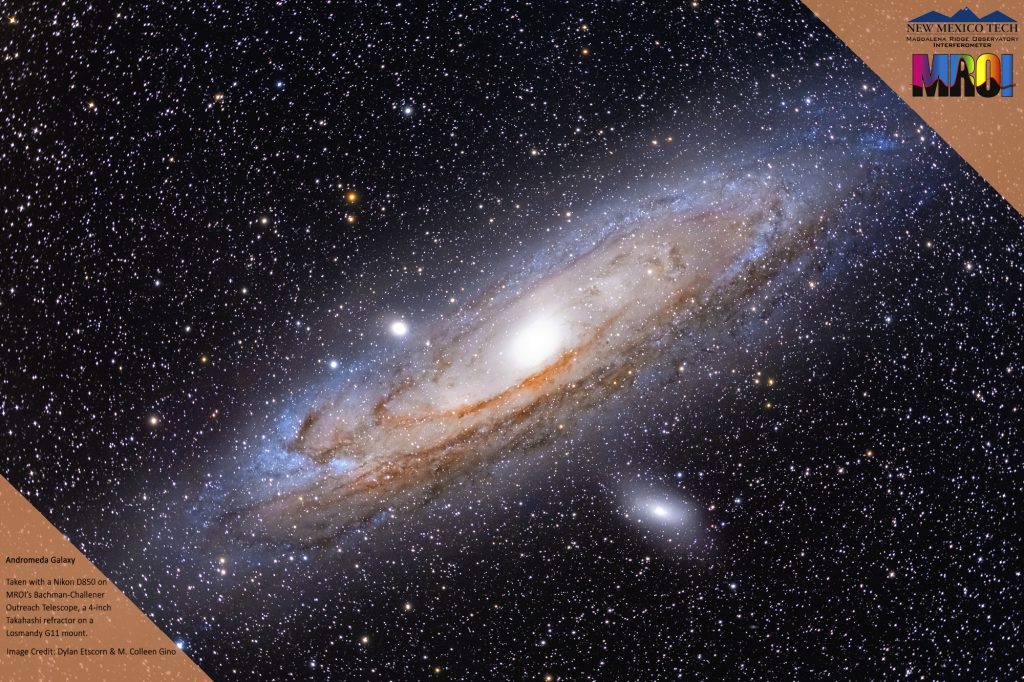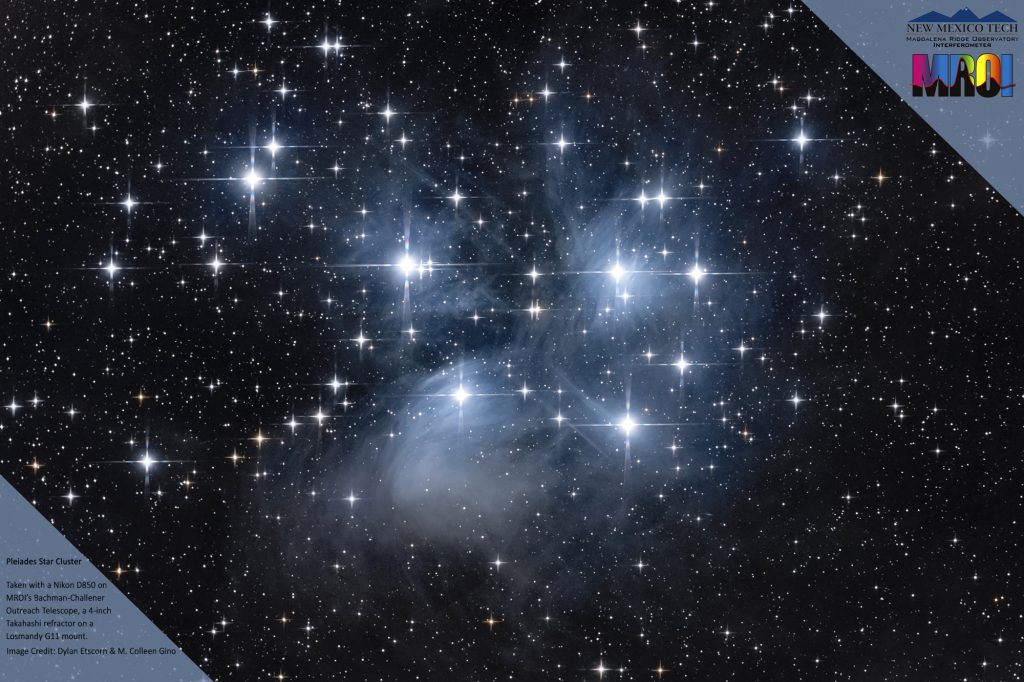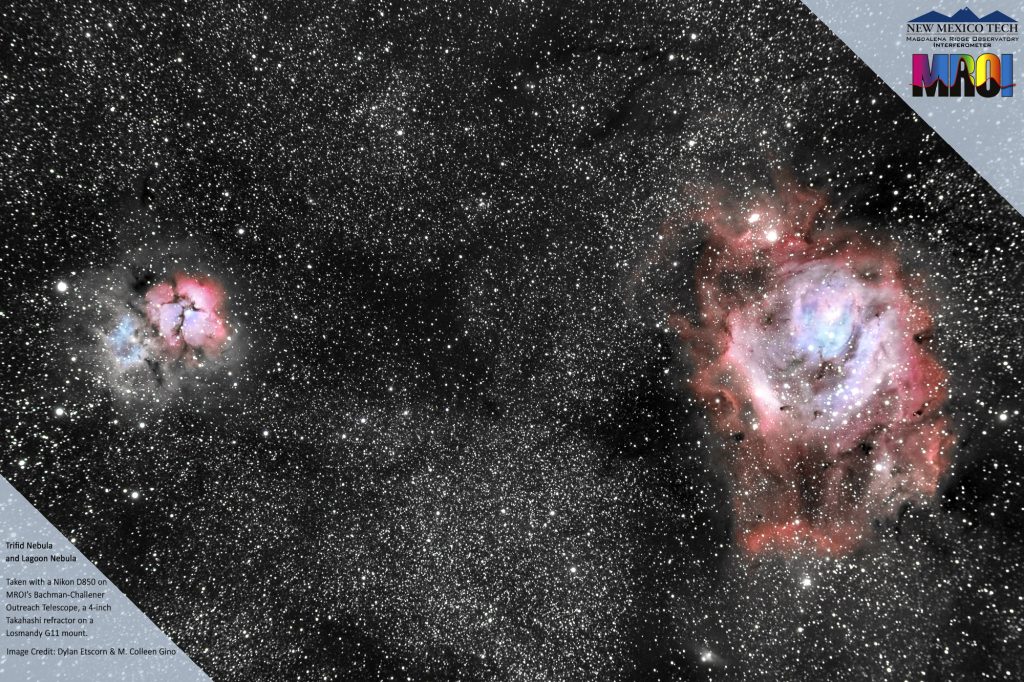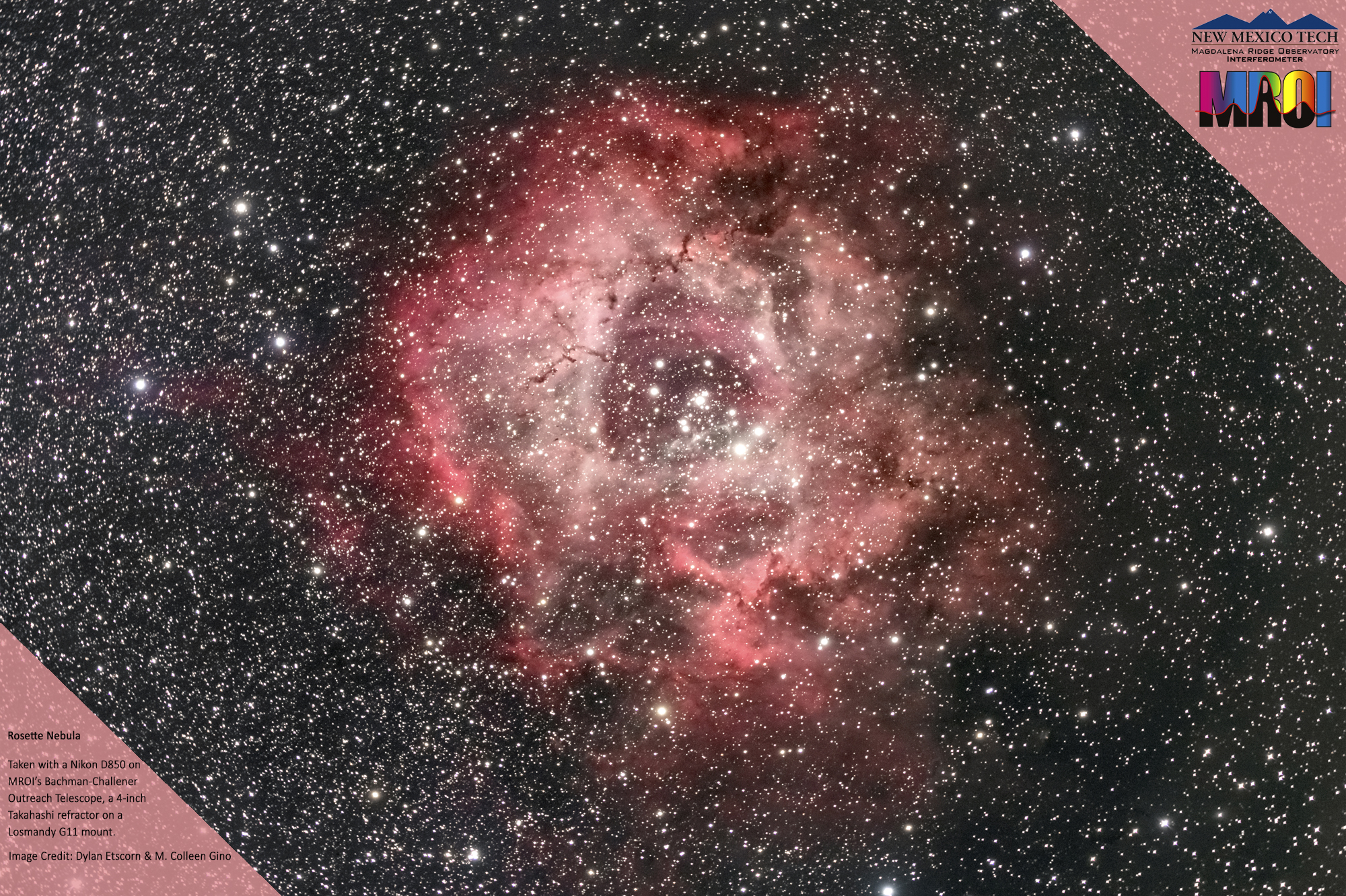Once again we get to hear from MRO Outreach Assistant Shelbi Etscorn!
Have you ever searched for something in a cluttered purse or backpack and found that your hands seemed to be predisposed to grab every object except the one you’re looking for? You dig and dig, and your impatience grows with every passing second. If you’re like me, your frustration and agitation will eventually lead to you pulling out items one by one just to get them out of the way while you focus on finding the one thing you’re looking for. For most of us, the outcome of this labor is simply the retrieval of the object in question and perhaps a sense that you might want to consider cleaning out your bag. But when French astronomer, Charles Messier, applied this same concept to his hunt for comets, he ended up creating one of the most famous lists of astronomical objects ever compiled.
During the 17th century, Messier became the first astronomer to dedicate himself wholly to searching the night sky for comets. It proved to be a pursuit he was very adept at, earning him the title of the Comet Ferret by King Louis XV.

While scanning the sky searching for new apparitions, Messier came across the Crab Nebula, a supernova remnant in the constellation Taurus. His excitement at finding what he initially mistook as a comet, quickly turned to frustration when he realized his error. To avoid being hoodwinked again, Messier jotted down the location of the object. He was effectively pulling the Crab Nebula out of the night sky and setting it to the side so it would not disturb his quest, much like the clutter pulled out of the bag.
It wasn’t until Messier added his third entry to his list of objects to disregard, that he began to actively search for these objects in the same way he had previously searched for comets. What he once saw as a mess was quickly becoming his masterpiece.

By 1771, Messier had compiled a list of 45 objects that had been discovered by himself and by his contemporaries. This initial catalogue was published in 1774 in the journal of the French Academy of Sciences.
By 1780, the catalogue had grown to include 80 objects.
By 1781, Messier published his final version which held 103 celestial objects.
The Messier catalogue as it is known today contains 110 objects. After his death, astronomers were guided by Messier’s notes to find the final seven contributions to the catalogue, the most recent of which wasn’t added until 1967. Among the catalogue can be found examples of all five types of deep-sky objects: diffuse nebulae, planetary nebulae, open clusters, globular clusters, and galaxies.

While Messier’s catalogue only includes objects visible from the European latitudes (being the objects which Messier could observe), it is still an extremely popular list for amateur astronomers and researchers alike owing to the fact that all of these objects are among the brightest, nearest, and most easily found objects in the sky. Messier was able to find them all using a 4-inch refracting telescope. Today, even basic telescopes available to amateur sky enthusiasts are capable of observing these objects with great detail.
Because of this, they have become some of the most popular objects observed during star parties, shot by astrophotographers, and researched by scientists. Even if you know very little about astronomy, chances are you’ve heard of at least one of these objects: The Andromeda Galaxy, the Orion Nebula, the Pleiades, and the Whirlpool Galaxy just to name a few. All of the heavy hitters of the astronomical world make the list. It reads like the who’s who of astronomical objects.

The next time you look up at the night sky, take a look at Messier’s catalogue and see if you can’t find a few. You’ll inevitably find yourself looking at some of the most beautiful objects in the night sky. The story of Messier and his catalogue is an excellent reminder to not become so focused on the task at hand that you are unable to see what beauty may lie in the road bumps along the way. You never know when the pebble in your shoe might prove to be gold. Unfortunately, at the time of writing this, the clutter found in the mayhem of my purse remains: clutter.
